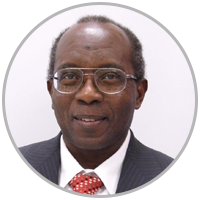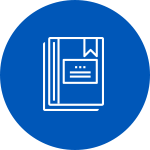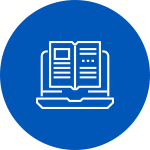Join us for an insightful webinar hosted by Chris Mawata, a seasoned IT professional with over 30 years of experience. In this session, we will explore the transformative potential of generative AI in government work. Discover how generative AI can enhance government processes, improve communication with the public, and free up staff to focus on complex tasks.
Key Topics
- What generative AI is and its capabilities
- Realistic use cases in government
- Benefits and risks of generative AI
- Practical steps and considerations for implementation
[Webinar ID 5383]
Webinar FAQs
This webinar is designed for government professionals, policymakers, IT staff, and anyone interested in understanding the impact of generative AI on government work. Whether you are involved in public services, policy and legislative support, internal operations, or public engagement, this session will provide valuable insights into how generative AI can enhance efficiency, improve citizen engagement, and support low-resource departments. Join us to explore practical use cases, benefits, risks, and implementation strategies for generative AI in the government sector.

Chris Mawata
Chris has over 30 years of IT experience, including 17 years of teaching at the university level and 15 years of training Java and Big Data programmers. As a Learning Tree instructor and author, he serves as the Curriculum Dean for the Data Science curriculum. Chris also is the author of several courses, including Java Best Practices and Design Patterns, Java New Features, Introduction to Big Data, Apache Kafka: Hands-On, Hands-On Introduction to R, Data Visualization with Python, Introduction to Data Literacy, and Leveraging Deep Learning for Natural Language Processing. As a consultant, he runs a 20-node cluster on which he has several Big Data frameworks installed. In addition, Chris has published peer-reviewed papers in image processing, artificial intelligence, and pure mathematics. His career at the University of Tennessee at Chattanooga from 1987 to 2003 saw him rise from Assistant Professor of Mathematics, to Associate Professor, to Professor.




